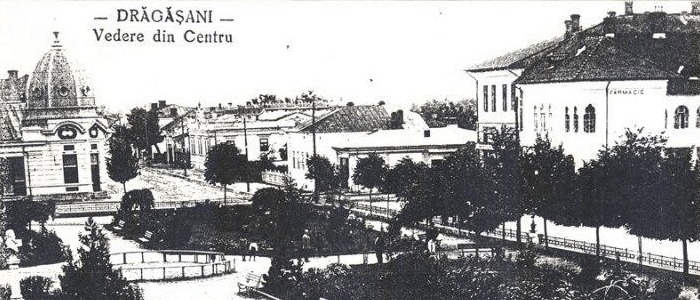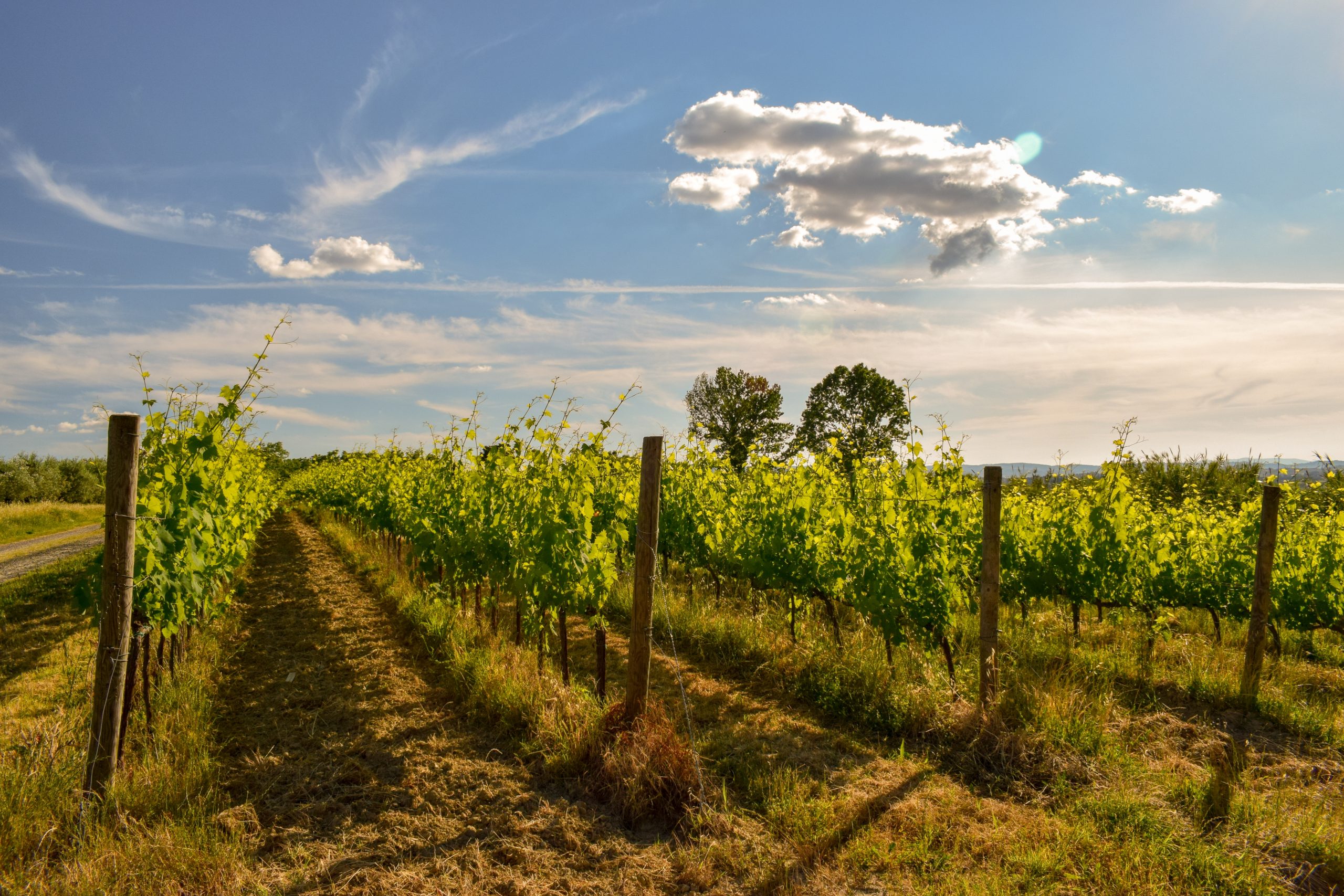We have become so accustomed to the nonsense about Romania being a tributary of tradition, not keeping up with modernity, not having a broad mind, that we are sometimes tempted by the idea that we are an inferior area to other, more developed regions, and perhaps, in many ways, it is true. However, we must not lose sight of our areas of performance, and wines are certainly a standard-bearer of excellence. And not just yesterday, as we might think, considering that now, wineries have the most modern technological facilities, as if that were enough. Wine is a masterpiece begun by nature and perfected by man, and the course of this performance does not end with the application of a label, nor when the aromatic liquor plays its short sonata flowing into the appropriate glass, nor even when it meets the gastronomic dish with which it matches, as in a wonderful love story. The magic is when, after more than a century, its echoes are not extinguished.
Romania’s former wines were enjoyed by connoisseurs, but they were also recognized abroad, and today I bring you a sample from 158 years ago.
The Drăgășani Vineyard, a landmark of Romanian wine tradition and quality, has gained its fame on the international stage since the 19th century. A report of the Agricultural Committee of Vâlcea County, dated April 9, 1882, highlighted the resounding success of this region, which brought Romania a bronze medal at the 1867 Universal Exhibition in Paris,
Romania’s first participation in a universal exhibition, for its exceptional wines.
Famous varieties from the Bordeaux region and the banks of the Rhine had been acclimatized in Drăgășani, which gave the wines a complexity and elegance that impressed the international public. Foreigners who had the opportunity to taste them noted the similarities with the famous wines of France and Germany, wondering if they were imported from these famous regions.
Improving the indigenous vine and innovations in production
In addition to integrating foreign varieties, winegrowers from Drăgășani invested in improving the wines obtained from the native vine, raising the quality standards. Thus, the wines produced in this region came to rival the most appreciated liqueurs from abroad. At the same time, technological progress allowed the production of distillates that, according to reports from the time, exceeded in quality most similar products manufactured in Western Europe.
“A report of the Agricultural Committee of Vîlcea County from April 9, 1882, praising the Drăgășani vineyard which had brought Romania, at its first exhibition participation at the Universal Exhibition in Paris in 1867, a bronze medal for the wines presented, shows that renowned Bordeaux varieties and Rhine vines have acclimatized here. The wines obtained are beyond any praise. The foreigners who tasted them wondered if they were not brought from Bordeaux or from the banks of the Rhine. The wines from the indigenous vineyards, too, have improved a lot, so that today Vîlcea County can be proud of the wines grown in Drăgăşani, which rival the most famous wines from abroad. From such wines we have managed for several years to extract cognacs that I can confirm to you that in quality they surpass most of those produced in the West,” we find written in the magazine România viticolă.
The Drăgășani Vineyard in a Contemporary Context
Perhaps the medals obtained by Romanian vineyards in recent years make any report on this subject slightly redundant, but it remains to be remembered that our producers have demonstrated the adaptability potential of the terroir and that international varieties can offer pleasant surprises if they are cultivated here, alongside the local ones. The opposite remains to be discussed.
Local splendors such as Crâmpoșia, Feteasca Regală or Negru de Drăgășani, successfully cultivated, promote the Romanian wine identity at an international level. Perhaps the tourist and road infrastructure in the wine-growing areas still needs written or cinematic stories to complete the picture of success.
Local producers combine traditional winemaking methods with modern technologies, managing to create wines that mix authenticity with refinement. What story will make Drăgășani a reference destination not only for wine lovers, but under the guise of wine, to attract tourists and connoisseurs from all over the world? Maybe a better presentation of the outlaw Pavel Lotru from Bălceşti, maybe the Zătreanu or Galița culae, the Horezu ceramics?
The Drăgășani vineyard is not only an example of winemaking excellence, but also a symbol of Romania’s ability to capitalize on natural resources and innovate, while maintaining its authenticity. The award obtained in 1867 in Paris was just the beginning of a remarkable journey that continues to inspire through the harmonious combination of tradition, innovation and passion.








